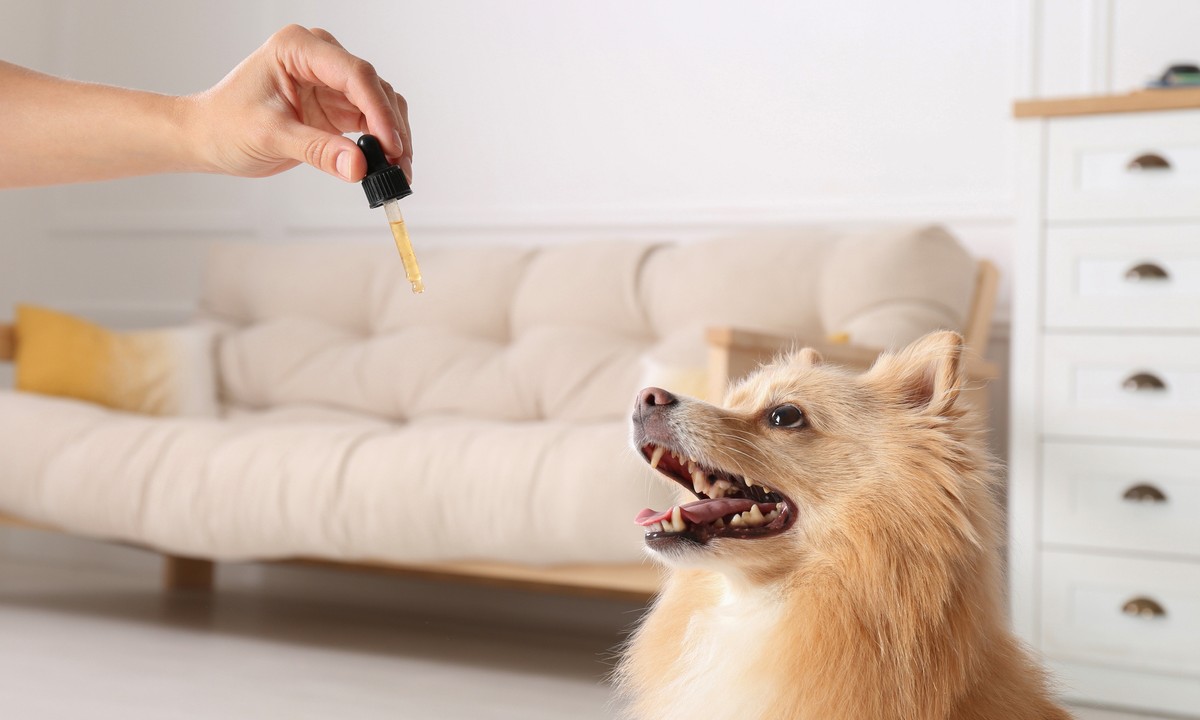Help Ease Your Dog’s Anxiety With These Things

Anxiety is one of the common psychological disorders, but not only humans suffer from it. Dogs also experience distress and anxiety, even though it is hard to discern their signs and symptoms. An anxious dog tends to push its ears back, wag its tail, yawn, drool, lick its snout, stand on its rear paw and raise its front ones to communicate its distress. Cowering or hiding, whimpering, shaking, or panting are more evident signs of a dog’s anxiety.
Different dogs suffer from various forms of fear and anxiety. While some mutts are petrified of loud noises or firecrackers, others have a fear of being abandoned or meeting strangers. Fears caused by traumatic experiences, abandonment, or frightening sounds can be paralyzing for puppies, but thankfully, most experience mild to moderate anxiety at some point in their lives. Toys, vitamins, and other things may ameliorate milder forms of anxiety. Though these products are not a replacement for seeing a vet, veterinary behaviorist, or pet trainer, they may aid with anxiety management, especially when used in conjunction with training.
Tips for Managing Your Dog’s Anxiety
Reassess your routine
Reexamine your daily routine before throwing money on different products to soothe your pup’s anxiety. Try to create an understanding with your pet and make your schedule predictable, allowing your dog to anticipate what is about to come. A predictable timetable might make your mutt feel safe and confident, rather than being surprised by unexpected happenings. This may be especially beneficial if your dog struggles with separation anxiety.
Physical contact
Nothing comforts a nervous dog more than its owner’s touch. Recognize the signs of anxiety or tension in your pup and address them as quickly as possible by holding them, snuggling with them on the couch, or reassuring and patting them with love and care.
Plus, physical touch is supposed to reduce uneasiness and aggressiveness in dogs. And while there isn’t much study to back this up, soft stroking appears to help dogs stay calmer through stressful or unpleasant circumstances such as getting injections or having blood collected.
Anxiety medication
You may want to visit a veterinarian if your pup has severe anxiety. A vet may advise natural or pharmaceutical drugs, like anxiolytics or antidepressants. The vet may prescribe medications like fluoxetine or clomipramine. To assist your dog cope with fear or anxiety triggered by predictable occurrences such as thunder, fireworks, or road travel, your veterinarian may give benzodiazepine in combination with an antidepressant.
Natural remedies and products can also alleviate anxiety in dogs. Depending on your dog’s health, some medicines may work better in tandem with other drugs, while others can be taken solo. Pheromones and aromatherapy are used as natural items to relieve stress. You should consult your veterinarian about the most suitable natural products for your puppy.
Using CBD oil
Many dog owners feel that CBD oil helps alleviate their dog’s anxiety. Canine owners have noticed that dog hemp containing CBD oils helps treat anxiety.
While many dog owners believe that CBD aids in reducing anxiety, there is no scientific evidence proving such. To add to this, CBD oils are not yet standardized, which means that consistency, quality, and safety are not always tested. This is why you should contact your vet if you’re contemplating using CBD oil to treat canine anxiety. Your veterinarian can guide you on whether CBD oil is a suitable therapy for your dog’s anxiety, explaining various items, potential risks, and hazards.
Play music
Music helps calm everyone, including dogs. Soft rock and reggae aren’t the only music genres that might help your dog calm down. Several classical music pieces, such as that of Mozart and Beethoven, have been demonstrated to relieve tension and soothe dogs, causing them to bark much less.
